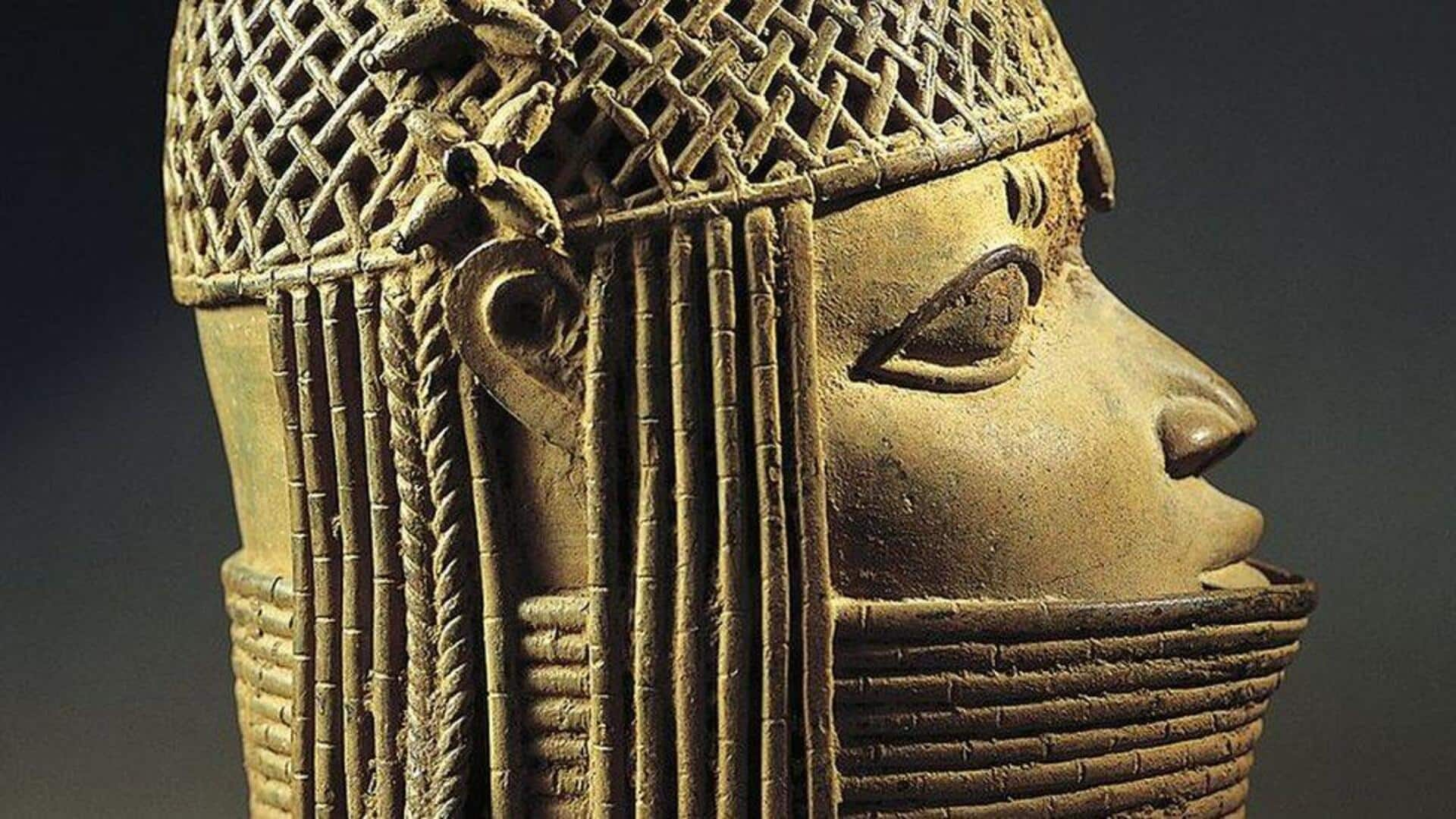**Exploring Iconic Bronze Sculptures**
*By Simran Jeet | Sep 18, 2025 | 01:43 PM*
**What’s the Story?**
African bronze sculptures are celebrated worldwide for their intricacy and exceptional craftsmanship. Created by skilled artisans, these masterpieces reflect the rich heritage and diverse traditions of the African continent. Each sculpture tells a unique story, capturing the essence of its time and place. In this article, we explore some of the most incredible bronze sculptures that have stood the test of time.
**Historical Significance: The Benin Bronzes**
The Benin Bronzes are a remarkable collection of plaques and sculptures originating from the Kingdom of Benin, located in present-day Nigeria. Crafted between the 13th and 16th centuries, these pieces depict scenes from court life, mythology, and historical events. Their intricate detailing highlights advanced metalworking techniques that were well ahead of their time. The Benin Bronzes played a crucial role in documenting the kingdom’s history and served as powerful symbols for its rulers.
**Artistic Excellence: The Ife Heads**
The Ife Heads are a collection of bronze sculptures from Ile-Ife, Nigeria, dating back to approximately 1300 AD. These heads are renowned for their naturalistic portrayal of human features, showcasing remarkable attention to detail in facial expressions and hairstyles. The Ife Heads exemplify the extraordinary artistry of Ife craftsmen and provide valuable insights into ancient Yoruba culture and aesthetics.
**Cultural Representation: Akan Goldweights**
Akan goldweights are small bronze figures used by the Akan people of Ghana to measure gold dust during trade. While functional, these weights often feature intricate designs of animals, humans, or abstract patterns. They offer a glimpse into the values and beliefs of Akan society, with symbolic representations embedded in each piece.
**Ancient Origins: The Nok Terracottas**
Though not made entirely of bronze—being primarily terracotta with occasional metal additions—the Nok Terracottas deserve special mention as one of Africa’s earliest known sculptural traditions, dating back over 2,000 years (circa 500 BC to 200 AD). Originating from present-day central Nigeria, these figurines display stylized human forms with elaborate hairstyles that signify social status or identity markers within ancient Nok communities.
**Craftsmanship Insight: The Lost-Wax Casting Technique**
The lost-wax casting technique has been instrumental in producing stunning African bronzes, including the Benin Bronzes and Ife Heads. This method involves creating wax models that are encased within clay molds. When heated, the wax melts away and is replaced by molten metal. Once cooled, this process reveals finely detailed bronze sculptures showcasing extraordinary craftsmanship.
African bronze sculptures continue to inspire admiration for their rich history, artistic mastery, and cultural significance—testaments to the enduring legacy of African artisanship.
https://www.newsbytesapp.com/news/lifestyle/african-bronze-sculptures-five-timeless-masterpieces/story



